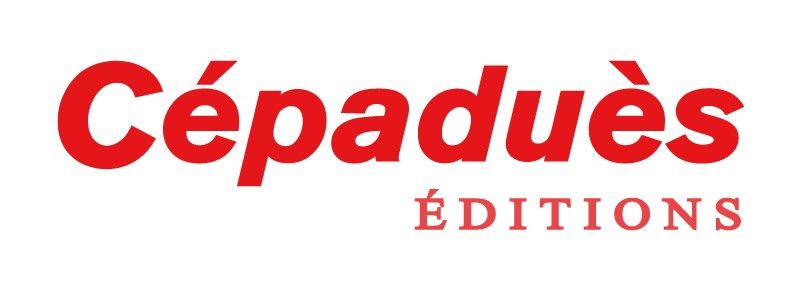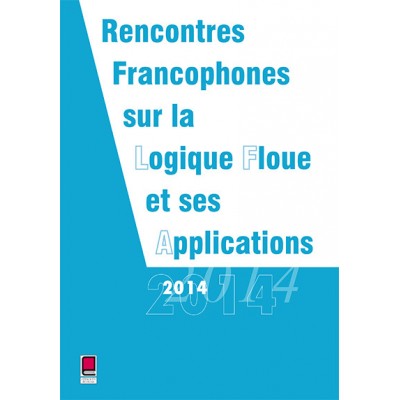Comparaison de relations spatiales floues Approches par transport optimal et morphologie mathématique
L'observation de l'évolution d'une pathologie par
imagerie médicale ou de l'occupation des sols par
télédétection, la détection de changements dans des
séquences vidéo, ou encore la mise à jour de systèmes
d'information spatiale sont autant d'exemples qui
peuvent bénéficier de la quantification et de la comparaison
de relations spatiales entre les objets qui composent
les scènes observées. Dans cet article, nous proposons
deux approches pour comparer des relations spatiales
représentées par des ensembles flous, l'une par transport
optimal et l'autre par morphologie mathématique. Des
exemples sur des séquences vidéo synthétiques illustrent
l'intérêt de ces approches.
Observing the evolution of a pathology in medical
images, or of soil occupation in remote sensing, detecting
changes in video sequences, updating a spatial information
system are examples that can all benefit from quantification
and comparison of spatial relations between objects
in the observed scenes. In this paper, we propose
two approaches to compare spatial relations represented
as fuzzy sets, relying on optimal transport and mathematical
morphology, respectively. Examples on synthetic video
sequences illustrate the interest of these approaches.

